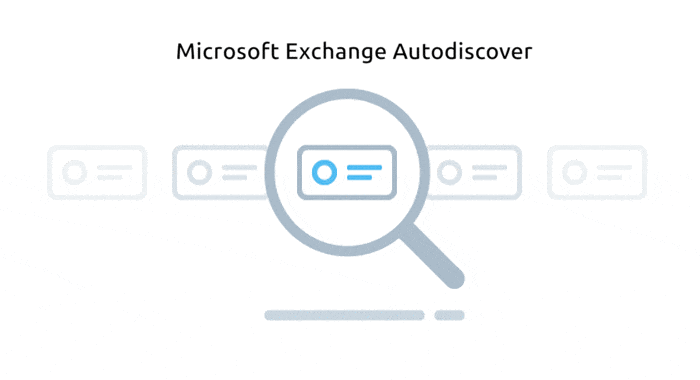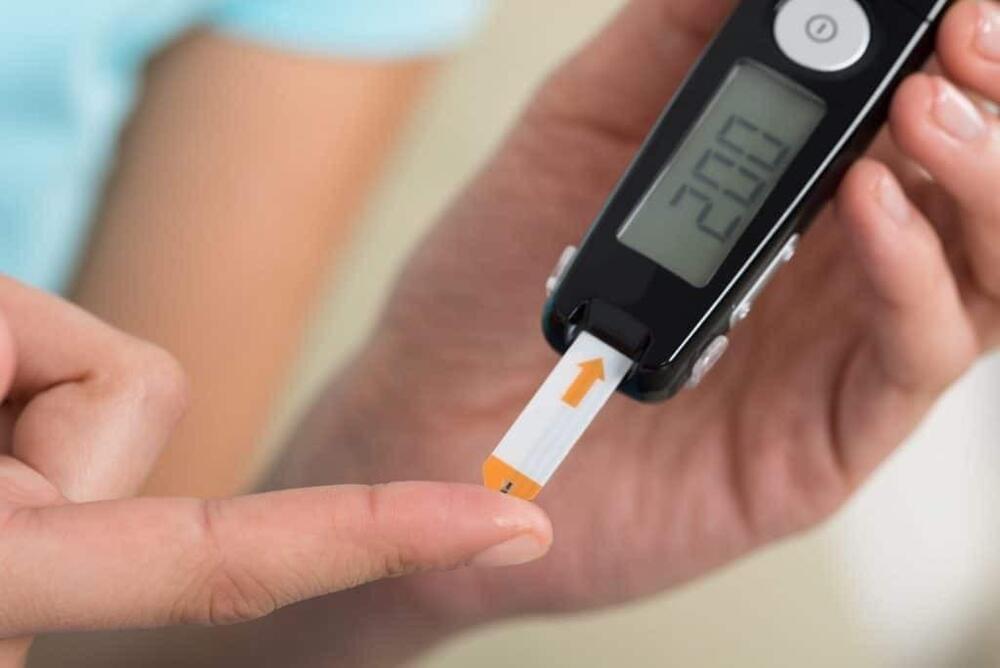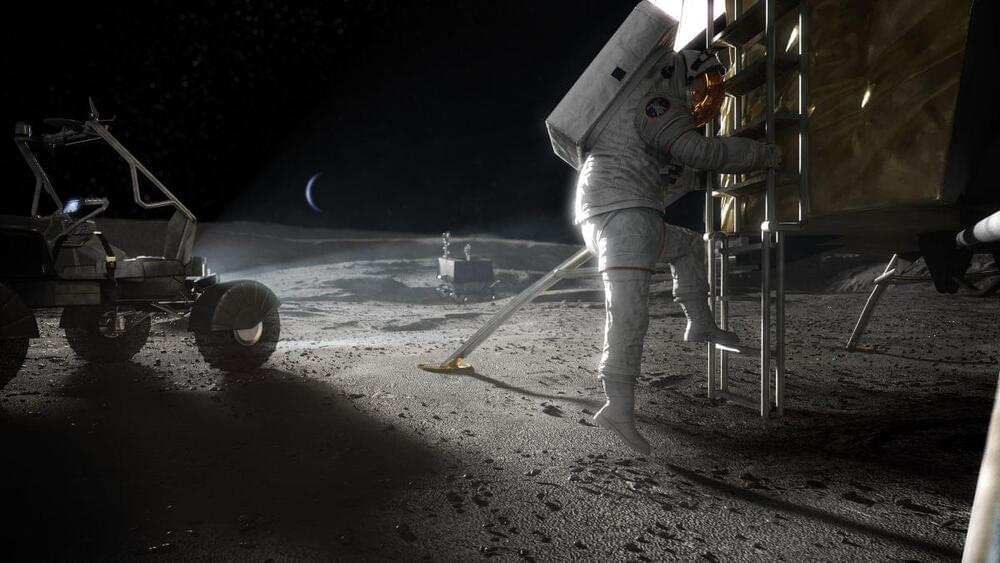A new Microsoft Exchange Autodiscover bug exposes the credentials of nearly 100,000 Windows domain accounts.


A new vulnerability in all Microsoft Windows systems shipped since 2012 can allow attackers to install a rootkit with ease.


Michigan will become the first state in America to deploy inductive vehicle charging technology in roads, in an effort to accelerate the adoption of electric vehicles (EVs).
Governor of Michigan, Gretchen Whitmer, made the announcement during the opening ceremony of the Motor Bella auto show on Tuesday. The Inductive Vehicle Charging Pilot is a partnership between Michigan’s Department of Transportation (MDOT) and the Office of Future Mobility and Electrification (OFME). It will deploy an electrified roadway system allowing electric cars, buses, shuttles and other vehicles to charge while driving, allowing them to operate continuously without stopping to charge. This will address range anxiety, while turning public roads into safe, sustainable, shared energy platforms.
“Michigan was home to the first mile of paved road, and now we’re paving the way for the roads of tomorrow with innovative infrastructure that will support the economy and the environment, helping us achieve our goal of carbon neutrality by 2050,” said Governor Whitmer. “This project reinforces my commitment to accelerating the deployment of electric vehicle infrastructure in Michigan and will create new opportunities for businesses and high-tech jobs amidst the transition to electric vehicles.”


THEOGENESIS: Transdimensional Propagation & Universal Expansion ― my new book on quantum cosmology, computational physics and posthumanism ― is about to be released by Ecstadelic Media Group on October 1 2021!
Here’s the Table of Contents:
Introduction.
1. Our Post-Singularity Future: Are We Destined to Become Cybergods?
2. Transcension: Exponential Miniaturization.
3. Computational Physics: Reinterpreting Relativity.
4. Transcendental Cybernetics: The Ultimate Code of Reality.
5. Universality of Computation.
6. Quantum Gravity: Quest for the Final Theory of Everything.
7. The Shadow Multiverse: Parallel Space-Times, Dark Matter and Dark Energy.
8. Ontological Holism: All is One, One is All.
9. Why Materialism is a Flatlander Philosophy.
10. Seeking the Ultimate Truth: The Battle of Ideologies.
11. Quantum Cosmology: From the Holographic Principle to the Fractal Multiverse.
12. The Omega Singularity: Your Cosmic Self.
13. The Axioms of Divinity: Cybertheistic Foundation.
14. Experiential Matrix: A Playground of Subjectivity.
15. Transcendent Realm: Redefining God.
16. God of Spinoza: The Conscious Universe.
17. A New Kind of Pantheism: The Cybertheism Argument.
18. Are We Alone in the Universe?
19. The Chrysalis Conjecture: Our Second Womb.
Conclusion.
Appendix A. Tenets of The Cybernetic Theory of Mind: The Five Foundational Axioms.
Glossary of Terms.
Acknowledgements.
About the Author.
Bibliography.

The key is an innovation that’s being called ‘light beads microscopy’. It improves on current two-photon microscopy, using lasers to trigger introduced fluorescence in living cells. As the cells are lit up, scientists can see how they’re moving and interacting.
With light beads microscopy, scientists can get the speed, scale, and resolution required to map a mouse brain in detail as its neural activity changes. The near-simultaneous tracking can last for as long as the light beads are able to stay illuminated.
It’s neither a bird nor a plane, but a winged microchip as small as a grain of sand that can be carried by the wind as it monitors such things as pollution levels or the spread of airborne diseases.
Northwestern University says these are the world’s smallest human-made flying structures, and they could be used for monitoring the environment, population surveillance or disease tracking.

Sept 24 (Reuters) — Intel Corp (INTC.O) on Friday broke ground on two new factories in Arizona as part of its turnaround plan to become a major manufacturer of chips for outside customers.
The $20 billion plants — dubbed Fab 52 and Fab 62 — will bring the total number of Intel factories at its campus in Chandler, Arizona, to six. They will house Intel’s most advanced chipmaking technology and play a central role in the Santa Clara, California-based company’s effort to regain its lead in making the smallest, fastest chips by 2,025 after having fallen behind rival Taiwan Semiconductor Manufacturing Co Ltd (2330.TW).
The new Arizona plants will also be the first Intel has built from the ground up with space reserved for outside customers. Intel has long made its own chips, but its turnaround plan calls for taking on work for outsiders such as Qualcomm Inc (QCOM.O) Amazon.com’s (AMZN.O) cloud unit, as well as deepening its manufacturing relationship with the U.S. military.

Nelson thinks big things are coming, despite some notable challenges.
COLORADO SPRINGS, Colo. — NASA Administrator Bill Nelson is confident the agency’s human spaceflight future is bright, despite the inherent difficulty of the endeavor and some challenging international issues.
“NASA is an agency of overcomers,” Nelson told Space.com at the 36th annual Space Symposium, which took place here last month.